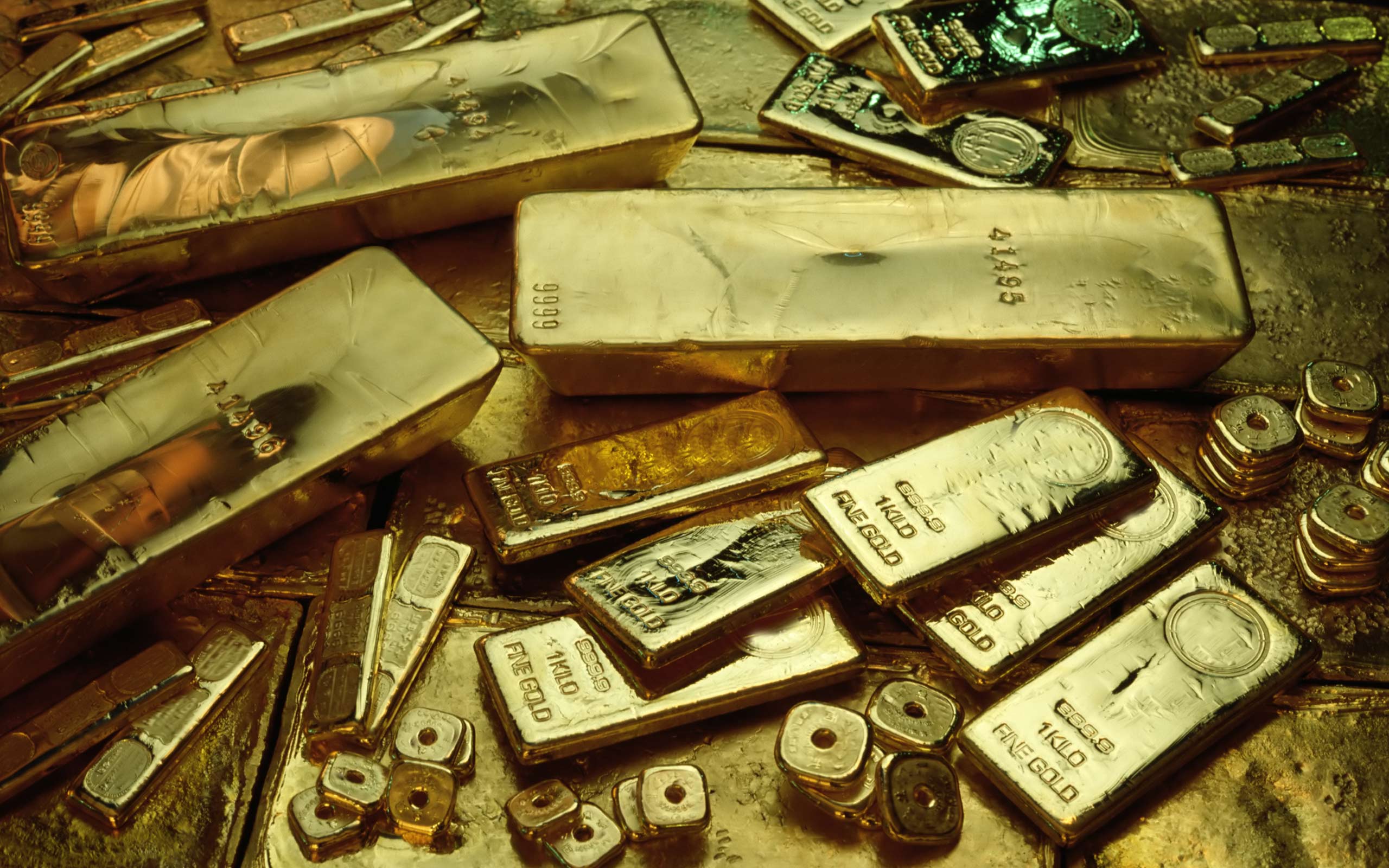Understanding the Dynamics of Gold Prices
Gold has long been regarded as a symbol of wealth, power, and luxury. It has been used as a form of currency, a store of value, and a safe-haven asset for centuries. In recent years, gold prices have been subject to significant fluctuations, attracting attention from investors, traders, and economists alike. Understanding the dynamics of gold prices can provide valuable insights into global economic trends, market sentiment, and investment strategies.
Gold prices are influenced by a myriad of factors, ranging from global economic conditions and geopolitical events to supply and demand dynamics and investor sentiment. One of the primary drivers of gold prices is the relationship between supply and demand. Gold is a finite resource, and its mining and production are subject to various factors, such as exploration and production costs, mining regulations, and environmental considerations. Any disruption in the supply chain, such as a decline in production or political instability in major gold-producing countries, can impact the availability and price of gold.
On the demand side, gold is used for various purposes, including jewelry, investment, and industrial applications. Jewelry demand, particularly from emerging markets like India and China, has traditionally been a significant driver of gold demand. However, investment demand has gained prominence in recent years, as investors seek to diversify their portfolios and hedge against inflation, currency fluctuations, and geopolitical risks. When economic conditions are uncertain or there is a lack of confidence in traditional financial markets, gold often serves as a safe-haven asset, and increased demand can drive up its price.
Global economic conditions also play a crucial role in determining gold prices. In times of economic growth, when stock markets are performing well, and interest rates are low, investors may prefer riskier assets like stocks and bonds, reducing demand for gold as a safe-haven asset and potentially putting downward pressure on gold prices. Conversely, during economic downturns, when there is increased uncertainty, high inflation, or geopolitical tensions, investors may flock to gold as a safe-haven asset, driving up demand and prices.
Geopolitical events can also impact gold prices. Events such as political instability, trade disputes, or geopolitical tensions can create uncertainty and increase the appeal of gold as a safe-haven asset. For example, during times of heightened geopolitical tensions, such as wars or diplomatic disputes, gold prices tend to rise as investors seek a safe place to park their investments. Similarly, changes in global monetary policies, such as interest rate decisions by central banks, can impact gold prices. When central banks implement expansionary monetary policies, such as low-interest rates or quantitative easing, it can lead to inflation concerns and a decline in the value of fiat currencies, which can increase demand for gold as an inflation hedge.
In addition to supply and demand dynamics and global economic conditions, market sentiment and investor behavior also play a role in gold price fluctuations. Gold is often considered a psychological asset, and market sentiment, including investor confidence, risk appetite, and market speculation, can influence gold prices. For example, during times of positive market sentiment and optimism, investors may shift their investments towards riskier assets, leading to a decrease in demand for gold and a decline in prices. On the other hand, during times of market volatility, fear, or uncertainty, investors may seek the stability and security of gold, leading to an increase in demand and prices.
It’s important to note that gold prices are also subject to short-term fluctuations and speculative trading in the futures and options markets, which can impact prices in the short term but may not necessarily reflect the underlying fundamentals of supply and demand. Gold prices are quoted in USD per ounce, and fluctuations in exchange rates between currencies can also have an impact on gold prices, as a stronger USD can make gold relatively more expensive for investors in other currencies.









